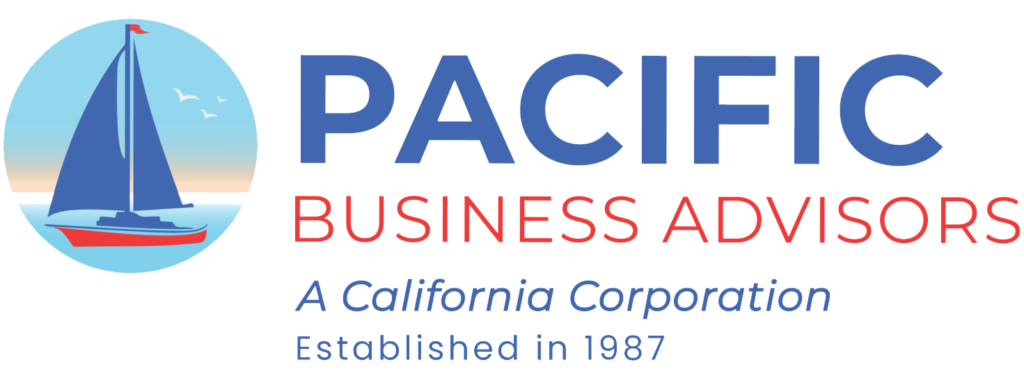

Debt Service Ratio for Business Loans
Debt Service Ratio (DSR) also called Debt Coverage Ratio, is a ratio calculated by lenders to determine how comfortably a business can make its payments on a business loan. DRS calculations are made by SBA lenders and other lenders before deciding whether to approve a loan application, or how much it is willing to lend. DSR determines the level of risk a lender will be assuming if it makes a loan. All SBA lenders require a DSR of at least 1.25 times for borrowers with good credit, but many require a ratio of 1.5 times.
In order to calculate a DSR, it is first necessary to determine the loan applicant’s cash flow. Not all lenders calculate cash flow the same, but depreciation expense and amortization is never included as expenses when calculating cash flow.
Some lenders include the owner’s compensation as an expense, others exclude it as an expense. If is critically important to verify each lender’s precise formula. All lenders will carefully scrutinize all ad backs and will delete them if at all questionable.
Subject to the forgoing comments, the formula for calculating DSR is: Monthly Cash Flow Divided by Monthly Loan Payment.
Ideally, the ratio should be 1.5 times or 150% or more.
Real Estate Appraisals - Appraisers
PacificBusinessAdvisors.net
Office: 818-991-5200
Direct: 818-991-9019